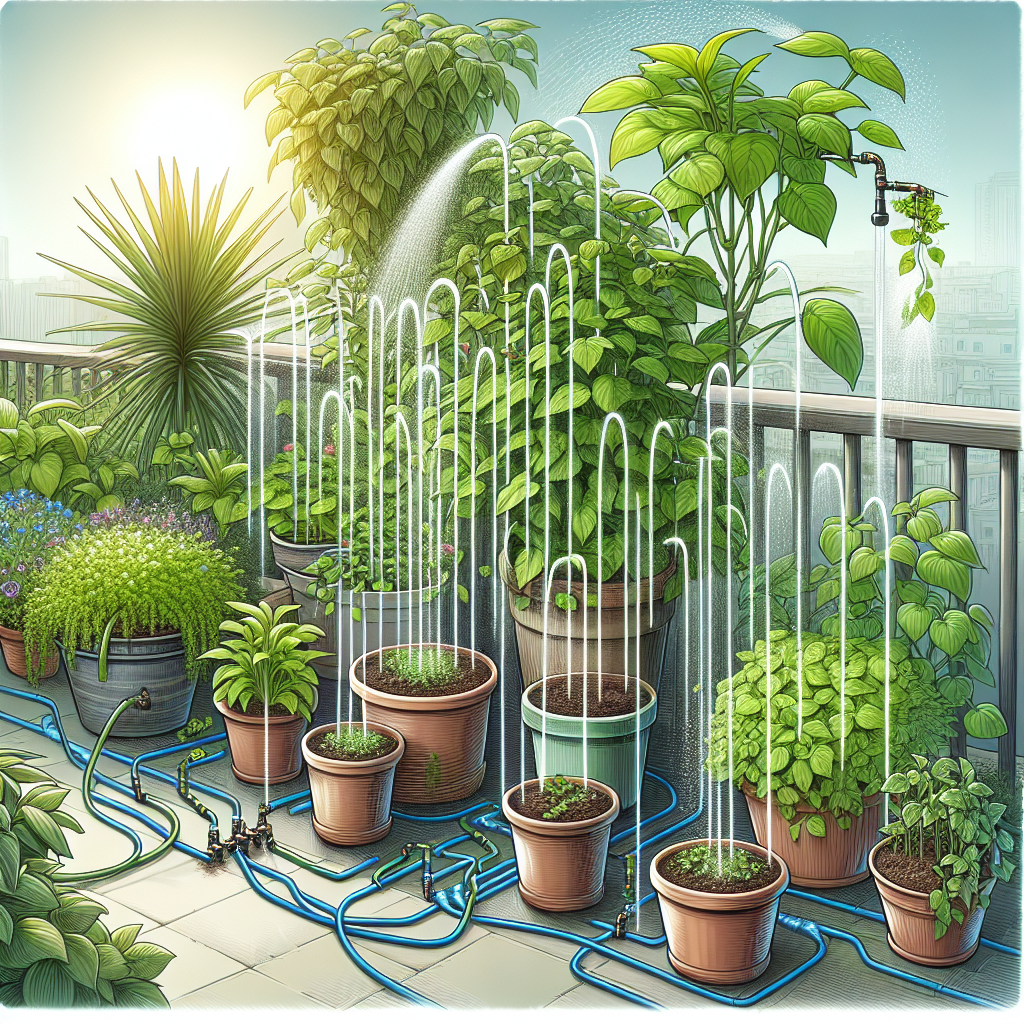Enhancing Your Container Plants with Slow Drip Irrigation
Container gardening is a popular and convenient way to cultivate plants, whether you have a small balcony or a large backyard. However, keeping container plants adequately watered can be challenging, especially during hot summer months or when you’re away on vacation. Traditional methods of watering, such as using a hose or watering can, often result in uneven soaking and overwatering. This is where slow drip irrigation comes in – an efficient and practical solution to enhance the health and vitality of your container plants.
Slow drip irrigation, also known as drip irrigation or micro-irrigation, is a system that delivers water directly to the root zone of plants at a slow and steady pace. Unlike traditional watering methods that saturate the entire surface of the soil, resulting in evaporation and water waste, slow drip irrigation focuses on delivering water precisely where it is needed – at the roots.
One of the key advantages of using slow drip irrigation for container plants is water conservation. By delivering water directly to the roots, it minimizes evaporation and runoff, reducing water waste significantly. This makes it an environmentally friendly option that promotes sustainable gardening practices.
Another benefit of slow drip irrigation is its ability to provide consistent moisture levels for your container plants. With traditional watering methods, it’s easy to overwater or underwater your plants due to inconsistent application. Slow drip irrigation eliminates this issue by providing a controlled amount of water over an extended period. This ensures optimal hydration for your plants without drowning them or causing excess stress.
Moreover, slow drip irrigation helps prevent various common gardening problems associated with improper watering techniques. Overwatering can lead to root rot and fungal diseases, while underwatering causes wilting and stunted growth. By maintaining consistent moisture levels with slow drip irrigation, you create an ideal environment for healthy plant growth while minimizing the risk of these issues.
Implementing a slow drip irrigation system for your container plants is surprisingly simple. Here are some steps to guide you:
1. Choose the Right System: There are various slow drip irrigation systems available, ranging from DIY setups to pre-assembled kits. Consider the size of your container garden and the number of plants you have to determine the most suitable system for your needs.
2. Install the Mainline: Connect the mainline tubing to a water source, such as a tap or rain barrel. Lay the tubing along your containers, ensuring it reaches all plant locations.
3. Add Emitters: Attach drip emitters, also known as drippers or micro-sprinklers, to the mainline tubing at each plant location. These emitters control the flow rate of water and can be adjusted based on individual plant requirements.
4. Set Up a Timer: Connect a timer to your slow drip irrigation system to automate watering intervals. This is particularly helpful if you’re away from home or have a busy schedule.
5. Monitor and Adjust: Regularly check your container plants’ moisture levels and adjust the flow rate as needed. Environmental factors such as temperature and humidity can influence watering requirements, so it’s essential to be attentive to your plants’ needs.
While slow drip irrigation greatly simplifies watering for container plants, it does not eliminate other essential gardening practices like soil monitoring, fertilizing, and pest control. Remember that each plant has specific care requirements beyond just watering.
In conclusion, enhancing your container plants with slow drip irrigation offers numerous benefits for both you as a gardener and your plants themselves. From conserving water and promoting sustainability to providing consistent moisture levels and preventing common gardening problems, this efficient system ensures optimal growth and health for your container garden. So why not give slow drip irrigation a try? You’ll enjoy lush, vibrant plants while saving time and resources in the process – truly a win-win situation for any gardening enthusiast!













